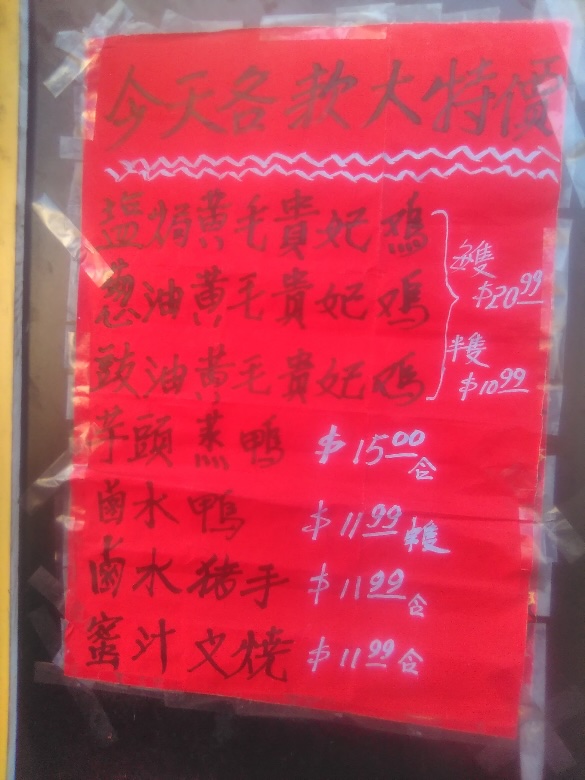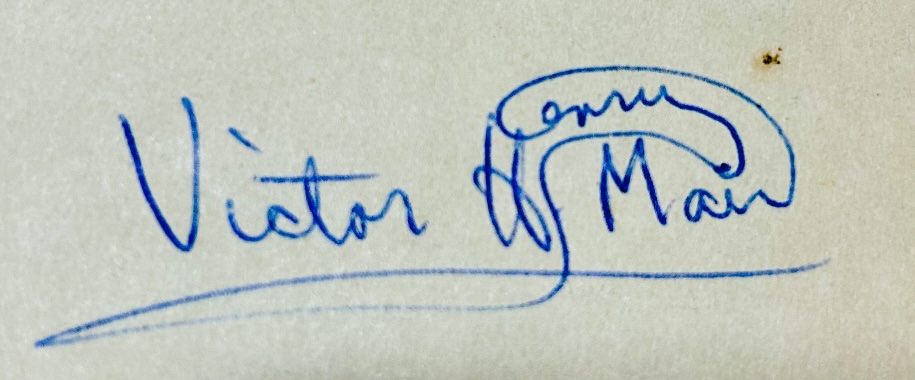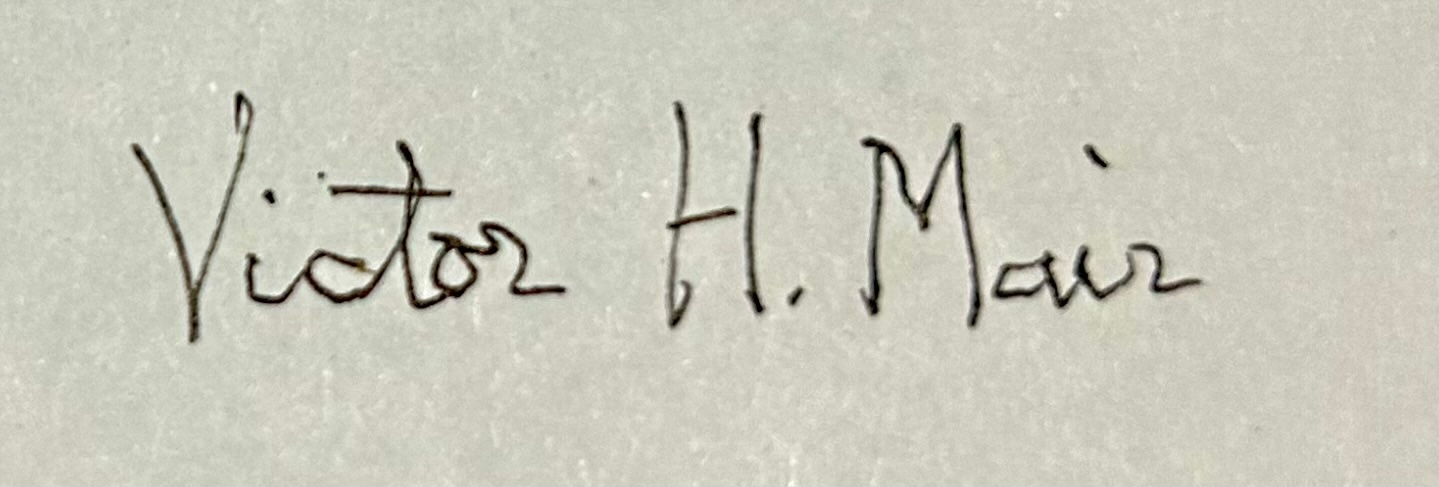More Chinese menu shorthand, part 2: the future of the Chinese writing system
From Xinyi Ye:
I was on my way home from HKU (Hong Kong University) and was looking for a dinner place and found this handwritten menu:
(explanations and annotations below)
Xinyi is not a native of Hong Kong, but she has been living there long enough to know the folkways and even to be sufficiently familiar with the local lingo to be sensitive to the special flavor of the menu shorthand on display in the eateries there.
This signboard offers a cornucopia of delicious Hong Kong menu shorthand, starting with the first two items (N.B.: not all items on the board are distinctively Cantonese, but plenty of them are):
1. dòufù 豆付 (lit., "bean pay") for dòufu 豆腐 ("tofu; bean curd")
2. jiāndàn 煎旦 ("fried dawn") for jiāndàn 煎蛋 ("fried egg")
Read the rest of this entry »





